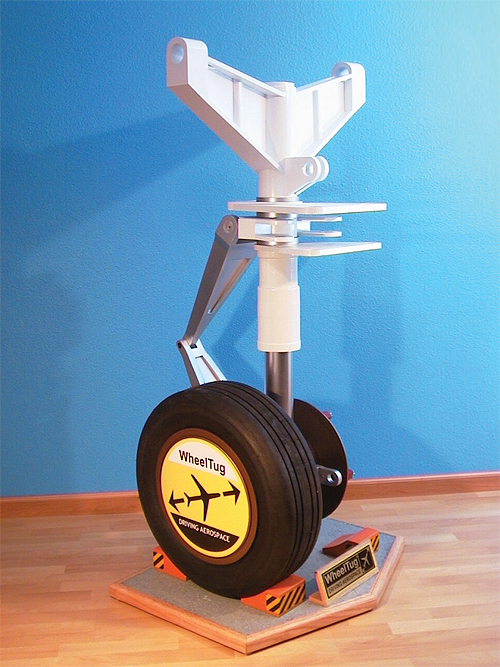In a time of increased costs and environmental awareness, fuel efficiency is a primary driver of trends in the aerospace industry. One way engineers are achieving greater fuel efficiency is by reducing the weight of the components that go into an aircraft. Lighter components make for a lighter aircraft, which makes it more fuel efficient and helps cut down on emissions.
Hydraulic components are a favorite target for weight reduction. The motion of crucial systems, such as the flight surfaces and landing gear, in older aircraft were controlled by a centralized hydraulic system that required heavy and complicated plumbing to function. In modern aircraft electro-hydraulic actuators control the motion of these systems. These smaller, self-contained hydraulic systems are controlled by electrical input rather than mechanical linkages, thus reducing the weight of the system. An added advantage over older hydraulic systems is that they only draw power when in use and maintain pressure even when the pump is inactive.

Even the brakes on an aircraft’s landing gear can be replaced by less costly electrical motors. Since the brakes are not required to move as far or as fast as some other moving components, like the primary flight surfaces, electrical actuation can replace bulkier hydraulic or pneumatic brake systems.
Efforts to make aircraft more fuel efficient do not just come into play when the aircraft is airborne. While an aircraft will often receive assistance from a ground vehicle, known as a tug, during departure from the gate, it must use its own engines to taxi to the runway, wasting tons of fuel every year. To reduce the amount of wasted fuel, a nose wheel-mounted, induction motorized ground propulsion system is being developed. This system would be powered by the aircraft’s auxiliary power unit (APU) and allow it to taxi without the need to rev up its engines. The system, which is 5 in. wide and weighs 300 lb, could reduce the need for tugs and their associated costs and even allow faster boarding and disembarking by allowing the plane to turn parallel to the terminal and load or unload from two points instead of one.
These days, it is hard not to notice the growing conversation around the pilot-less aircraft known as drones. Drones have been in use, sometimes controversially, by the military for years, but recently a number of private companies have taken an interest in these systems. This has led to a growing effort by those in the industry to begin catering more toward the unmanned end of the aerospace industry.
Just as with any manned aircraft, weight and performance is key in designing these systems, but finding a balance between the two can be challenging. Motors used in land-based applications may have the performance required, but their weight makes them unsuited for the air. Motor maintenance requirements must also be taken into account. To make commercial drones cost effective, companies want them to stay in the air as much as possible with limited downtime for maintenance.
As a result, more companies are switching from brushed motors to brushless. Not only do the brushless motors provide more power in a smaller package and require less maintenance, but they are also more resistant to environmental wear. Resistance to a harsh environment is important, considering the drone could experience drastic temperature changes as it moves through different altitudes.


Leave a Reply
You must be logged in to post a comment.